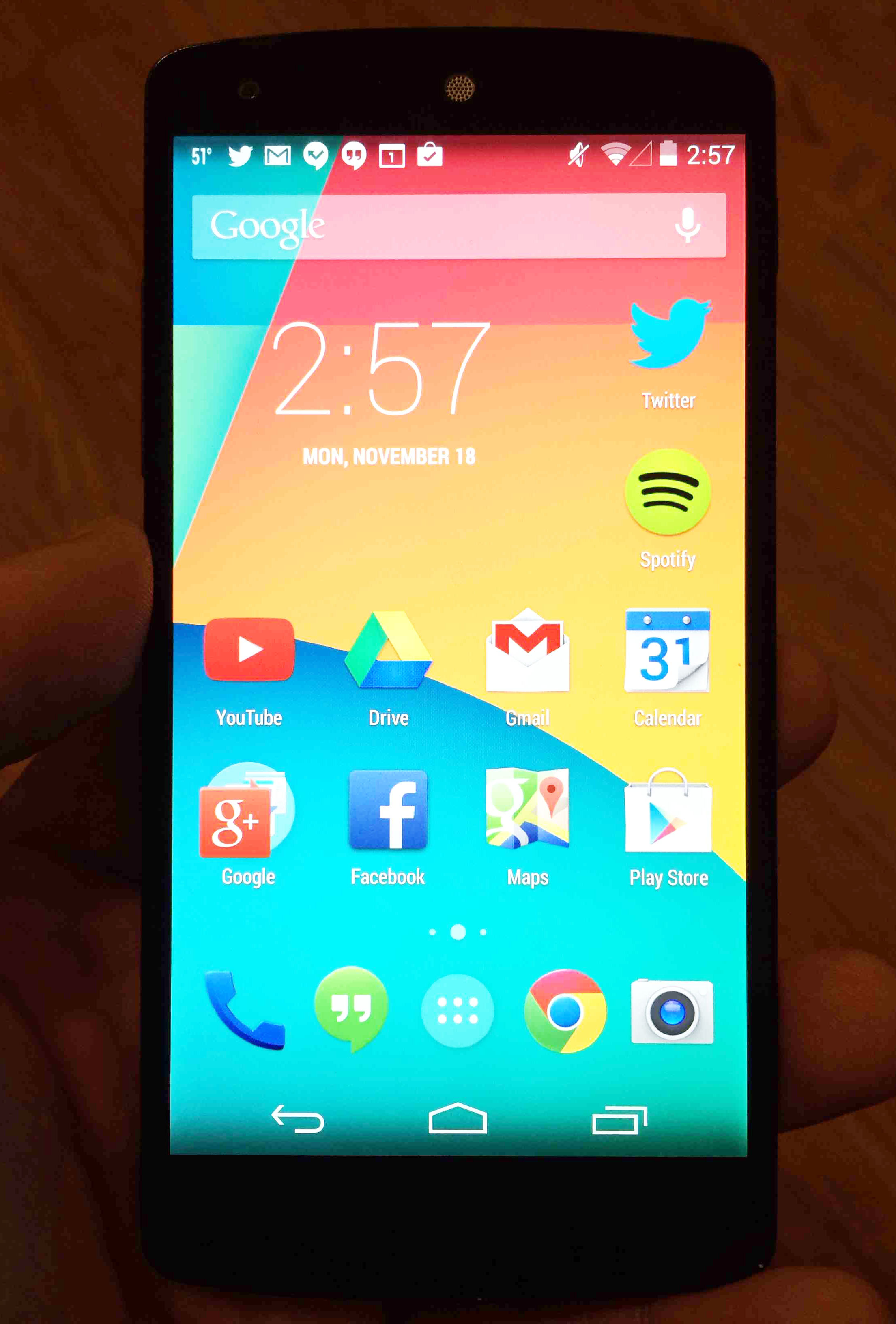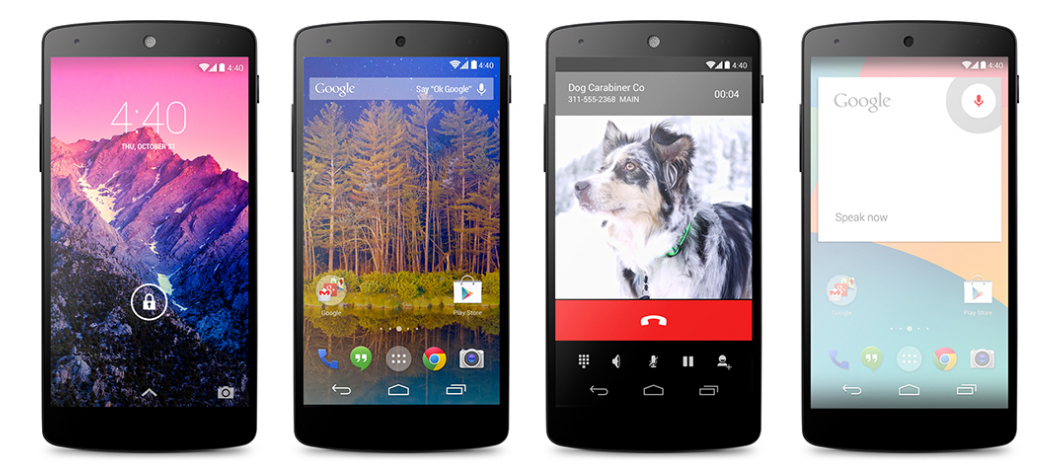Nexus 5

At one time, the Nexus line of phones had a very clear purpose in Google’s mobile strategy. It was Google’s take on their own operating system—a phone for developers, but also a phone to ensure that Android stays at the top of the game in terms of high grade hardware and software design. But between the widespread commercial success of Samsung’s Galaxy line of phones, Google’s acquisition of Motorola, and the new Google Play editions of popular Android devices, it’s been hard to see where the Nexus brand fits in lately.
The Nexus 5 is the newest smartphone in Google’s premium line of Android devices, manufactured again this time by LG and it’s a flagship device in every sense of the word—but is it good enough to make a real impact in the market? Let’s dive in.
HARDWARE: The most well-designed Nexus phone ever made
Each year’s Nexus phone is usually based on the design of some other phone. Last year’s Nexus 4 was based on the LG Optimus G, while the Nexus 5 is said to have been modeled after the LG G2. But don’t let the wonky design and cheaper build quality of the G2 scare you off—the Nexus 5 doesn’t suffer from many of the design problems that plague the G2.
First off, the Nexus 5 is has a 5” display, which is a tad smaller than the G2 and feels incredibly good in the hand. After spending significant time with the Nexus 5, going back to a smaller phone like the iPhone 5s definitely feels like a step backward. I am still partial to the 4.7” size of the HTC One but after using the Nexus 5 for a few minutes, I hardly noticed the difference.

Speaking of the screen, the panel on the Nexus 5 is a really impressive one. The 1080p display has great color accuracy and is extremely bright, making for great viewing angles. While the specs are to be assumed in a high end smartphone like the Nexus 5, Google and LG should be applauded for the massive leap from the Nexus 4’s lackluster 720p display. Furthermore, if you’re growing tired of high-contrast AMOLED displays like I am, you’ll be happily surprised to see the natural colors of the Nexus 5’s IPS screen that looks incredibly sharp, without giving up any color accuracy.
On the back, the Nexus 5 features a soft-touch, matte polycarbonate shell that looks and feels great. Yes, it’s made of plastic, but more of the kind Nokia uses on their Lumia devices— than the ultra-glossy and slippery plastic featured on the G2 or the Galaxy S4. The Nexus 5 comes in both white and black and while, both of which look great (although the white variant is bit better at not picking up noticeable fingerprints). Overall, the sharper edges and simple design choices make for a rather modest-looking phone—not nearly as gaudy as the iPhone 5s or as premium as the HTC One. And while it might not sell as well because of it, I find the simple, utilitarian design refreshing—especially in an industry that seems to indulge in whatever different design gimmick that might help them stand out from the crowd.
There are, however, a couple of places where the Nexus 5’s diversions from the G2 make for a lesser end product—namely, the battery life and the camera. Unlike the G2, which features one of the longest-lasting battery in the high-end smartphone market, the Nexus 5 is on the opposite side of the spectrum. Although it competes with the iPhone 5s in battery life, it takes considerably longer to get back up to full charge—which makes getting a full day worth of battery that much harder.
The Nexus 4 was infamous for its unimpressive camera and it’s another area where the Nexus 5 still hasn’t quite caught up to the competition. The 8 megapixel shooter on the back is on par with devices from earlier this year such as the HTC One or the S4, but gets blown out of the water by phones like the iPhone 5s, Lumia 1020, or even the G2. The camera has all the makings of a decent camera, featuring a 1/3.2” sensor and image stabilization. But in my experience, the software noticeably lags behind in load times, ability to focus in macro shots, color balance, and low light performance. It doesn’t help that the flash is painfully bright and totally blows out images. It’s a real shame that a device that otherwise feels so premium and high quality has a camera experience that feels so utterly midrange.
SOFTWARE: Pure, unadulterated Android keeps getting better
-

-

-

-

-

-

-

-

-

-

-

-

-

-

-

-

-

-

-

-

-

-

-

-

-

-

-

-

-

-

-

-

-

-

-

-

-

-

-

-









































